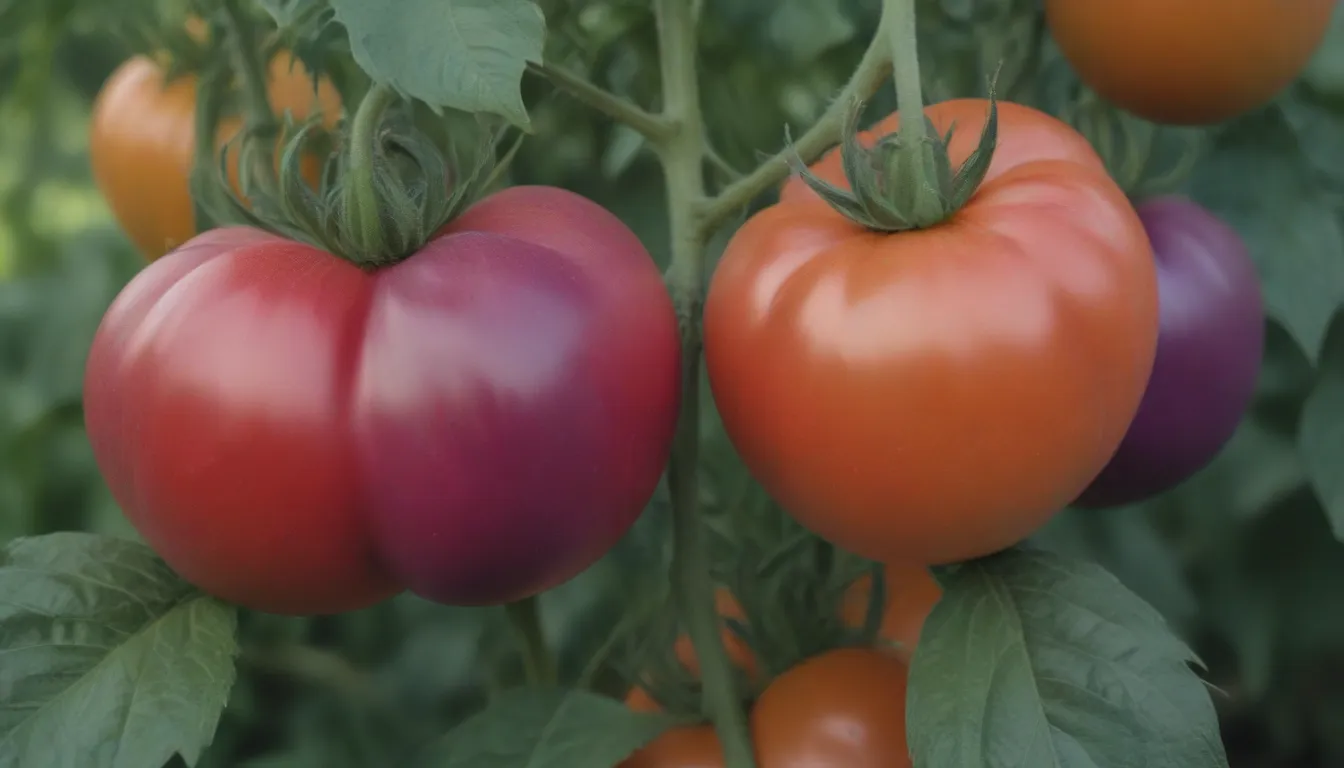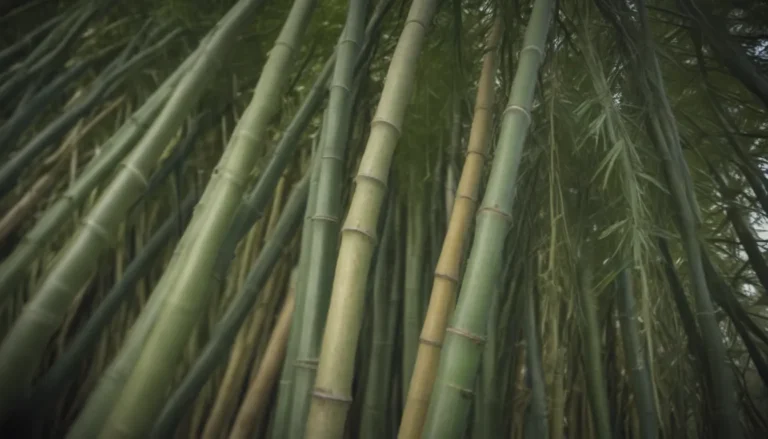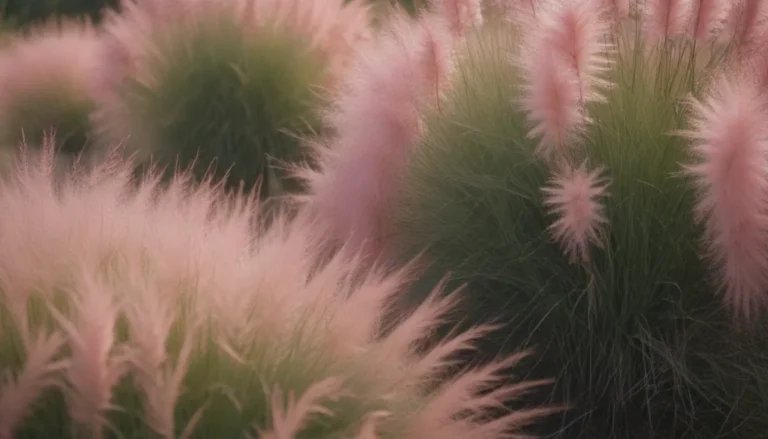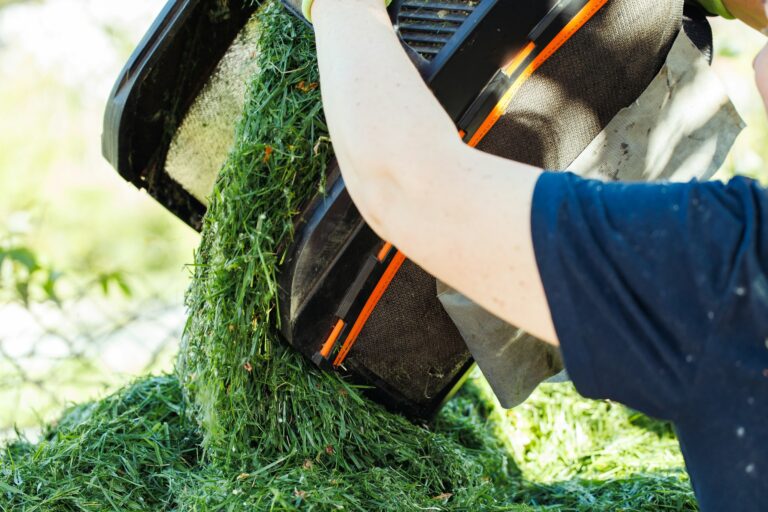Everything You Need to Know About Growing and Caring for Cherokee Purple Tomatoes

If you are a tomato enthusiast looking to add a unique and flavorful variety to your garden, look no further than the Cherokee Purple tomato (Solanum lycopersicum ‘Cherokee purple’). This heirloom, beefsteak tomato variety is beloved for its dusky rose color, green shoulders, and deep, rich flavor that sets it apart from other tomatoes. Whether you are a seasoned gardener or just starting out, learning how to grow and care for Cherokee Purple tomatoes can provide you with a bountiful harvest of large, delicious tomatoes year after year.
Cherokee Purple Tomato Overview
The Cherokee Purple tomato plant is an indeterminate type, meaning it produces large, round fruits from mid-summer to frost on vines that can grow up to nine feet long. While many heirloom tomatoes are susceptible to cracking, wilts, and various diseases, the Cherokee Purple stands out for its resistance and prolific fruit production. These tomatoes have a slightly smoky, sweet flavor and are less acidic than other tomato varieties, making them a favorite among home gardeners and tomato connoisseurs alike.
Cherokee Tomato Care Tips
Taking care of your Cherokee Purple tomatoes is essential in ensuring a successful harvest. Here are some tips to help you grow healthy and productive plants:
Light
- Cherokee Purple tomatoes require six to eight hours of bright, direct sunlight daily during the growing season.
- Ensure your plants have a good cover of leafy growth to shield the fruits from sunscald as they ripen.
Soil
- Plant your tomatoes in slightly acidic, well-draining soil amended with compost for optimal growth.
- Maintain a balanced pH level of 6.5 to 7.5 to promote healthy plant development.
Water
- Water your Cherokee Purple tomatoes consistently, providing 1 to 2 inches of water per week.
- Avoid overhead watering to prevent disease issues and ensure the water reaches the soil line where the roots can absorb it efficiently.
Temperature and Humidity
- Cherokee Purple tomatoes thrive in temperatures ranging between 65 and 85 degrees.
- Maintain a relative humidity of 65 to 85 percent to prevent insect infestations and fungal diseases.
Fertilizer
- Choose a fertilizer with a low NPK ratio, such as 5-10-5, at the time of planting.
- Adjust the NPK ratio as the plant enters different growth stages to promote fruit production while avoiding excessive leafy growth.
Types of Cherokee Tomatoes
While Cherokee Purple is a popular heirloom tomato variety, there is also Cherokee Green (Solanum lycopersicum ‘Cherokee Green’) for those who prefer green tomatoes.
Pruning Techniques
Pruning your Cherokee Purple tomatoes can help improve plant health and fruit production. Consider the following pruning methods:
- Early Pruning: Pinch out suckers to train the plant into a more compact form and avoid excessive leaf cover that can lead to sunscald.
- Late Pruning: Use heading-back pruning cuts to redirect the plant’s energy towards ripening existing fruits as the season progresses.
Propagating Cherokee Purple Tomatoes
You can propagate Cherokee Purple tomatoes from cuttings or suckers. Simply remove a 6 to 8-inch sucker or cutting, place it in water or soil, and wait for roots to develop within a week.
Growing Cherokee Purple Tomato From Seed
Cherokee Purple tomatoes grow reliably from seed, allowing you to save seeds from your harvest for planting the following year. Start seeds indoors or in a greenhouse 6 to 8 weeks before the last frost date for optimal growth.
Potting and Repotting
While Cherokee Purple tomatoes can be grown in pots, ensure you provide adequate support and space for the vining plants. Repot plants if moving them from seed starting mix to a larger pot with a soil-based potting mix.
Common Pests and Plant Diseases
Heirloom tomatoes like Cherokee Purple are susceptible to various pests and diseases. Be vigilant for aphids, blister beetles, hornworms, and other common tomato pests. Practice good garden hygiene and consider crop rotation to prevent disease spread.
Common Problems with Cherokee Purple Tomato
Address common tomato problems like blossom end rot, poor fruit set, leaf discoloration, and sunscald proactively to maintain plant health and productivity. Monitor your plants closely and adjust care practices as needed.
Conclusion
Cherokee Purple tomatoes are a delightful addition to any garden, offering delicious fruits and a unique growing experience. By following these tips on cultivation and care, you can enjoy a bountiful harvest of flavorful tomatoes year after year. Remember to provide your plants with the love and attention they need to thrive, and you’ll be rewarded with a garden full of vibrant Cherokee Purple tomatoes. Happy gardening!





